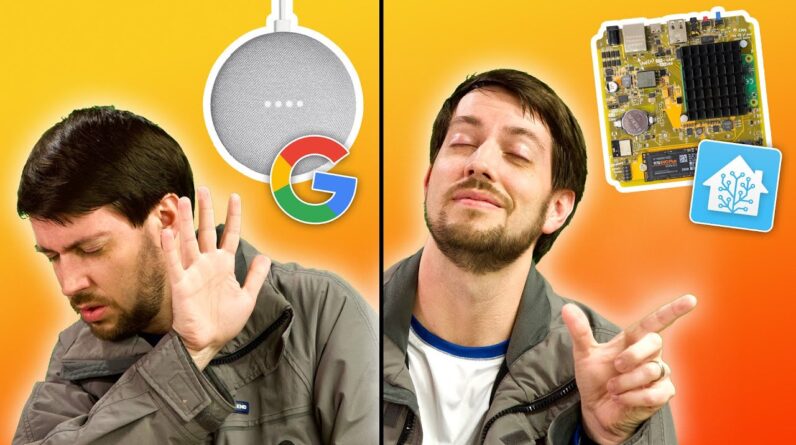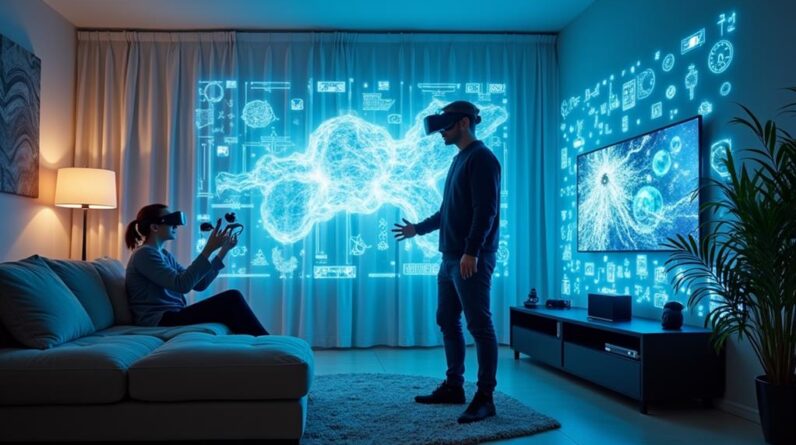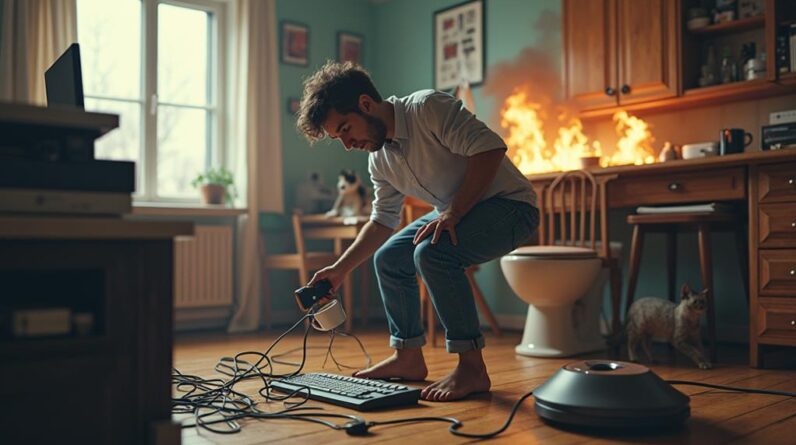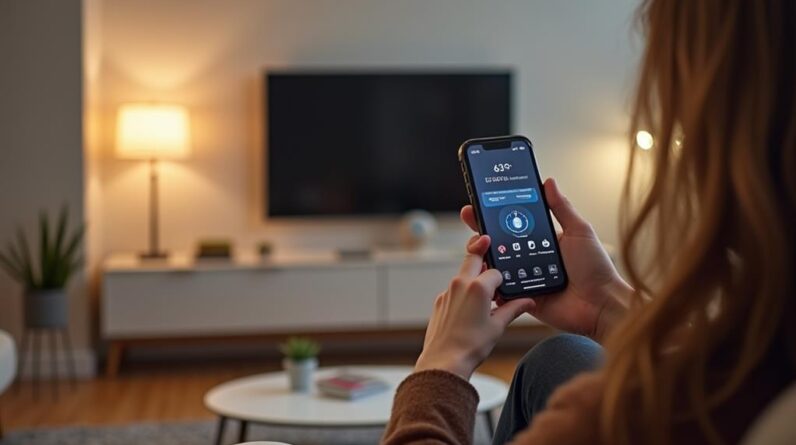
i have this motion sensor switch in my office when i walk in the lights turn on and after i leave they turn out after a few minutes but here's the problem if i'm in the office but not moving around the lights just turn off i i feel kind of dumb waving my arms around to turn on the lights all day long and what about the times i want to keep the lights on even when i'm not in my office now a sane person would see this problem and pop in one of these a one dollar light switch you switch it on and the lights stay on you switch it off and they stay off but i'm not going to do that instead i'm going to install this smart switch and then i'm going to install a separate motion sensor and program my lights to do exactly what i want with a raspberry pi running home assistant what's home assistant and how can a raspberry pi turn on my office lights well i'll get to that the kind folks at nabukasa sent me this their new home assistant yellow it's a raspberry pi powered smart home hub with built-in zigbee and a bunch of other features that make it easy to manage your smart devices and the best thing all of it is under my control and i can make sure that my so called smart devices don't get too smart and open up security holes to my house through the internet but first let's talk about the yellow the yellow was originally called amber and it was crowdfunded in october last year and starts shipping soon it's sold by nabu casa the open source company that manages the home assistant and esp home projects home assistant is the most popular home automation software that lets you manage all kinds of smart devices and integrates with everything from smart outlets and light bulbs to garage door openers solar panels and even weather veins but the best thing about it it gives you control of your own home a lot of vendors require you to install a device that connects to their own cloud over the internet i don't know about you but i don't like relying on random internet of things companies to manage the security and safety of my house and store my data i'd rather not wake up as a popsicle this winter because my thermostat got hacked but home assistant manages everything locally inside your house i'm not gonna lie and say it's easier to set up than any other home automation system but it is pretty easy the yellow comes in this frosted case though the one i have here is an earlier review sample so it doesn't have a nice finish like the production units will have taking the board out you can see how it's built the model i have includes built-in power over ethernet so i could either plug it into the wall with an ac adapter or power it through my poe switch under this large heat sink there's a raspberry pi compute module four the brains of the smart hub one really cool feature of this hub is you can actually upgrade the raspberry pi inside and get more ram or add on wi-fi and bluetooth but you'll need to transfer your home assistant install to the new pi if you do that the board has a built-in real-time clock and battery and over here is a little built-in zigbee radio which lets you connect to all your smart devices wirelessly and you could add on a z-wave radio like the z pi 7 using these pins for the purposes of this video zigbee and z-wave are basically the same thing just two separate wireless standards used for smart devices but the important thing to remember is zigbee and z-wave devices aren't interchangeable it's best to stick to one or the other if you can i'll be using zigbee in my house over on the side of the board there are three leds a red power led a green activity led and a yellow led that lights up with different patterns to indicate the status of the home assistant hub itself the last major feature on this board is this m.2 expansion slot you can pop in an nvme ssd in it for more and faster storage and you can even configure the yellow to boot from the nvme drive if you use a light version of the raspberry pi alright so the first step on my automation journey is replacing this light switch i'm going to put in this leviton single pole zigbee switch and because i'm going to turn out the lights in my office i need a work light so i can see what i'm doing it should be obvious but even if you're a bit insane like redshirt jeff make sure you switch off the branch circuit that powers your lights before you go replacing the light switch and to be extra safe verify the power's off at the switch with a little power tester like this one something i did years ago when i moved into my house was label every outlet and light switch cover with the circuit breaker number so i don't have to sit in my basement turning off half my house just to figure out the right breaker this switch requires a neutral wire connection basic light switches only switch the hot leg so if you have an older wiring setup in your house that doesn't have the neutral wire in your switch box you might have to change out the wires to your lights if you want to use a smart switch luckily that's not the case here and i do have a neutral in my box so with that wired in this switch should be good to go for some testing now i just have to switch power back onto the panel then i should be able to use the switch as a dumb switch that just goes on and off right away okay good now that that's working i'll set up the motion sensor the great thing about having a separate motion sensor is i can put it wherever it makes the most sense which for me is in the middle of the office since that should pick up movement when i'm at my desk behind the monitor alright that's done so far these things are all just dumb devices we need to integrate them into home assistant so i can add some automation and intelligence otherwise i feel pretty silly wasting a hundred bucks making a fancy one dollar light switch i already plugged in yellow waited for it to boot went to homeassistant.local and ran through the setup wizard i created an account and set up my location and at the end of the setup process yellow found a bunch of devices it could manage but for now i'm going to ignore all those devices and focus on setting up the smart switch and motion sensor all right so i'm going to open up my browser and here is home assistance ui now i have not used home assistant before so this is all kind of new to me and it looks like integrations or devices let's see devices there's no way to add one here so i'm not going to do that i'll go to integrations and this looks more like it so here's the things it detected but it's not seeing the thing so i'm going to look for what is the company look for leviton first and see if there's anything for that no i guess i might need to add like zigbee or something first because i i notice there's nothing for zigbee anywhere in here that i could find so i'll try that zigbee nothing uh i'm gonna click this and see what happens let's see zigbee ah there it is zigbee i'll try one area uh this hub this hub i guess will be in the basement so i'll add a new area and call it a basement hopefully this is gonna work um basement okay all right so i have zigbee it's called ttyama1 maybe i can rename this uh i don't know what this is all doing but let's see devices zigbee coordinator add device let's see if we can do this oh devices need to be in pairing mode so it's actually been a few minutes if you don't know about video editing the magic here is that i will have cut out a lot of parts between when i was moving cameras and things so i need to put these devices in pairing mode so they will show up here so i'm going to do that right now okay so i just pressed the button on the light switch you just hold down the top of the paddle for seven seconds and then click it once and it started flashing uh amber and now it's flashing green so i don't know what starting interview means but i hope that's a good thing oh here we go device is ready to use okay so device name i'll call it office lite switch and the area is in my office i'm going to call it office add office okay now i guess that's it there's no save button or anything i'm hoping that that means it's saved um so the other thing is this motion sensor i just grabbed it off the ceiling over there and it says in its manual there's a magic recessed connect button somewhere this device is too smart for me let's see it says open here so let's see if that does something oh there's a teeny tiny hole in here you can't actually stick something in there so let me go grab a tool to uh press that button i'm gonna press the button all right so this is blinking if you can see that oh it says connected okay configuring this is good while it's configuring i'm gonna go hang this back up on the ceiling i don't know which way is up but i don't think it matters too much on here all right samgen motion i'm going to call this office motion detector put it into my office and i hope that's done all right so it looks like those things are set up now the next step i need to do is set it up so that the motion detector is connected to the light switch so i'm going to try to figure that out bear with me here i'm going to configure automations maybe let's see automations i think i might need this automation uh turn on lights when i enter office create no i'm going to skip that and just try to do this office lights motion detector something like that i don't know what that is but maybe later i'll figure that out triggers trigger id oh boy so here's where things start getting a little bit more complicated um i don't know what a trigger id is but hopefully the the device will help me with this maybe let's see office motion detector okay trigger started detecting motion i think is what i want here uh i don't know why it's given me a duration maybe it's like how long it detects motion trigger id uh i don't know what that means um i'm just gonna call it motion detect if it's an id i don't wanna put in like a space or anything because as a programmer i know that that can throw things off but i don't know i mean so far things have worked pretty well in here i haven't broken anything i don't need a condition um actually i should add a condition that the light device light switch is off okay so if the switch is off and motion is detected light switch turn on light switch okay so i think that's what i need to do so i'll click save here i don't know if that's saved or not i hope it did i guess i'll go back here okay so this is there um i'm gonna go ahead and turn off my office lights and then walk into my office and see if they turn on we'll see what happens here who knows if this is gonna work all right so i'm moving around and i'm well within range of this motion sensor and it's not doing anything so i'm not too sure if i did something wrong or what's going on i'm going to hit run actions and see what that does well that turned on the light let's see history oh this doesn't look right whatever this is looks kind of broken here so i'm going to take a quick pause and figure out what's going on and then i'll tell you what's going on once i've figured it out five minutes later oh wait a second i just moved and the light turned on ah so maybe it's just a matter of not waiting long enough so another thing that's interesting is with my old switch you could turn off the lights and about five seconds later it would start detecting you so maybe it's just a time out condition so it's working that's a good thing why it works i'm not 100 sure yet okay so i'm going to create a new one add automation motion oh look at this there's a blueprint for this of course after i spend 10 minutes working on my own custom automation so i'll call this uh office lights turn off motion when office unoccupied something like that uh so motion activated light motion sensor that one i don't know why it doesn't use my the name that i put in for it i didn't call it samgen motion um light pick area i'll just do office for the area wait time to leave on oh so this is interesting oh so this blueprint is actually really useful it does the extra step for me of it'll turn on the light and leave it on for a set amount of time so i could set this to i love how it's just in seconds like as if everybody knows that 86 400 seconds is a day so 20 times 60 would be 1200.

okay so we'll do 1200 seconds and i'll say office lights motion detect yeah save that okay so i saved it it that's an interesting thing it doesn't show me that it saved it um so i'm just assuming that it's saved because that save button went away it's an interesting convention okay so i'm going to delete this one uh how do i delete edit no how do i delete an automation delete automation there we go take that one out okay so we have motion detect and actually for now i'm going to change this just so i can see if it's working and change it to let's do 30 seconds now i'm going to leave the office and we'll see if the lights turn out so i'm going to cut the video here because you don't need to wait 60 seconds for me great it seems to have worked perfectly and this time it just motion detected right away so um happy with that it looks like this action is working really well and if i click in here i should probably also be able to see there's probably a way to see yeah edit and yaml so this is like the actual stuff that's happening and it looks like it's using a blueprint called motion light so it'd be interesting to see what that is i don't know how to get to that right now oh blueprints maybe motion activated light uh there's is there a way to see what it says no no maybe it's here all right so here's the motion activated light so this is the blueprint for it so what's what i think is cool about this that you don't get with a lot of other systems is you can see all of the magic behind the scenes and edit it that way and as a programmer myself i kind of like this but i think it's nice that on the surface it's kind of covered up for you so i i think it's kind of weird i mean like chat bots and things like that when i go here and i see this as a again as a programmer i'm like oh i know how hard these are to get right and so 90 of what people will type in is not what you expect apparently i haven't been moving enough there we go so anyway i got to switch that back from 60 seconds to something more but these are just so hard to do i think what they should do you know and what i could help them do at some point too if i wanted to contribute back to this is maybe put use a blueprint first because probably a lot of people that are just setting up this first time are probably going to do like a motion activated light because that's like home automation 101 but i don't know i this kind of feature just doesn't unless it's like almost perfect it doesn't feel like something you'd want to give to a new first first-time user because when you do this it's a little weird and it says we couldn't create an automation for that and so so then you get in here and you're like okay skip or create you know there's just a lot of steps here anyways so it looks like that works i'm going to switch this automation and set it to do uh for 20 minutes 1200 seconds save all right so that's set to 20 minutes now but i think the the overall thing that i found is home assistance ui does have a learning curve it's not too crazy there's a lot of software that i've used that's a lot worse than this but it isn't something that's quite as simple as some of the home home kit things that i've used on my iphone where you just kind of open an app and tap on something and it works there are a few more steps here but the power and the flexibility that gives me is huge like the fact that i can go in and change every single detail i could put this to minutes or hours probably even days to leave the lights on after motion's detected that's that's huge for me right after recording that but i realized that i can just on this dashboard turn on and off my office light like this and i don't know why but that's just that's just really fun i also just added this little button which lets me turn off the office lights and disable motion detection from my desk so i can start getting more creative with video lighting also i forgot to show how i moved home assistant's datadisc to the nvme drive i installed the process takes a few minutes but it worked fine so far there isn't a way to migrate back to the pi's built-in storage so if you choose to use an nvme drive but change your mind right now the only way to do that is to back up and reset yellow then restore from your backup the yellow costs 115 bucks without a pie and that version should be available by the end of may a full kit including a pie will cost 175 bucks and optimistically could start chipping in november but in terms of pi compute module 4 availability right now at least seed studios have some in stock and if you want one for yellow you might want to get one now they've been hard to get but at least right now it's not impossible now is yellow the only way to run home assistant no not at all it can run on most any modern computer or even other specialized hardware like this din rail pi from the mega d2560 team in russia which i'll be testing soon i'll also be integrating a lot more into home assistant subscribe so you don't miss any of it and until next time i'm jeff gearling
As an Amazon Associate I earn from qualifying purchases.







